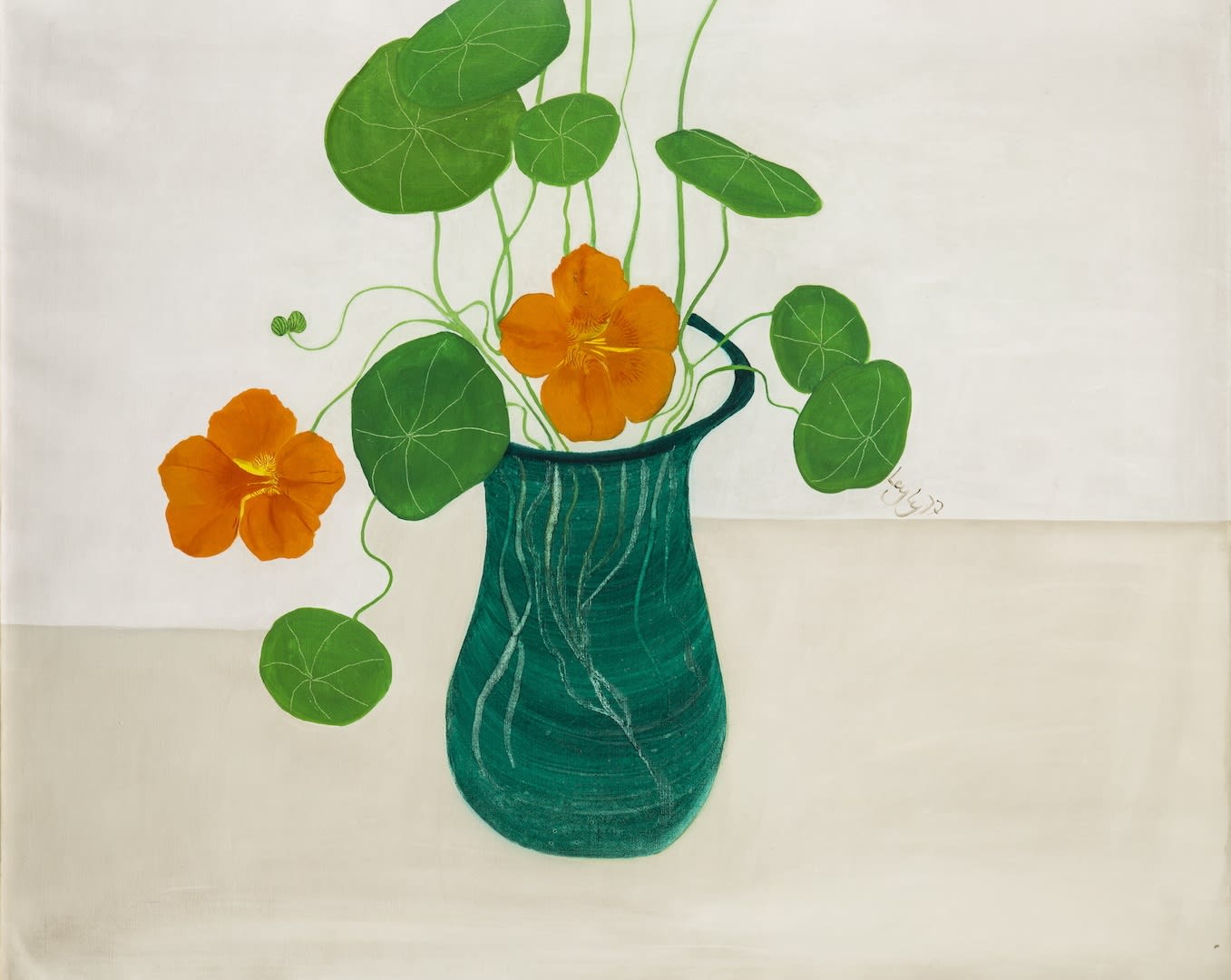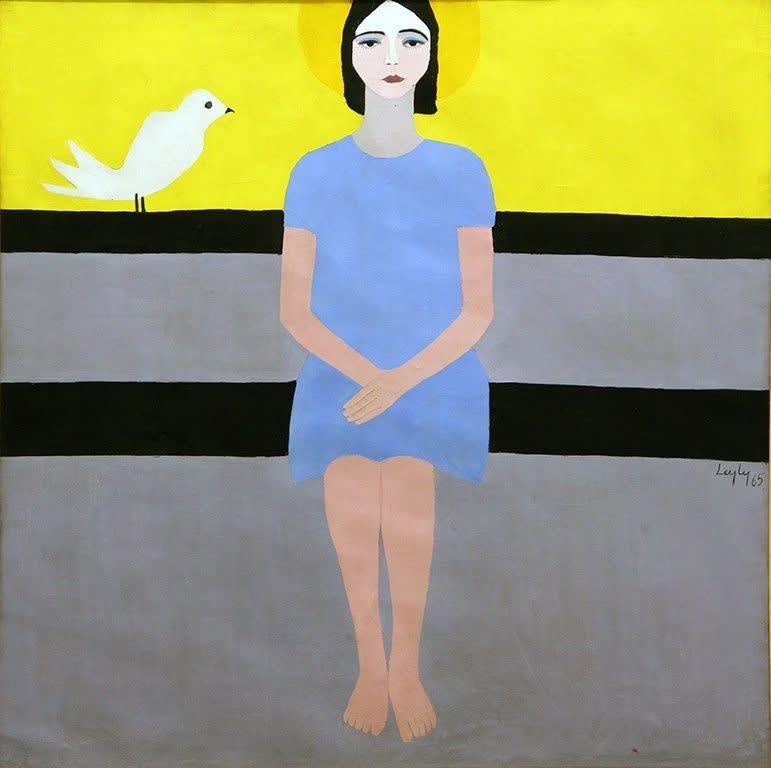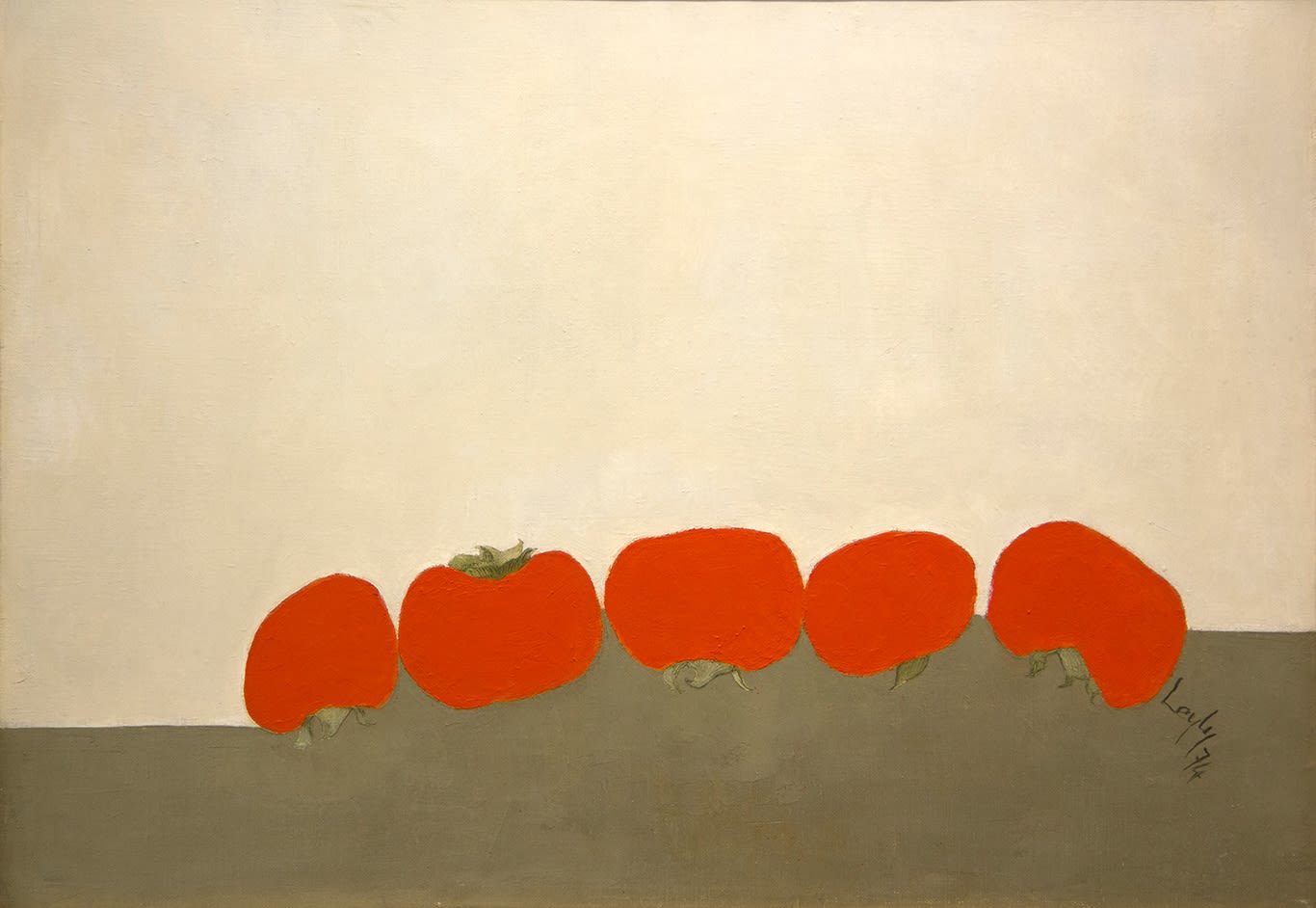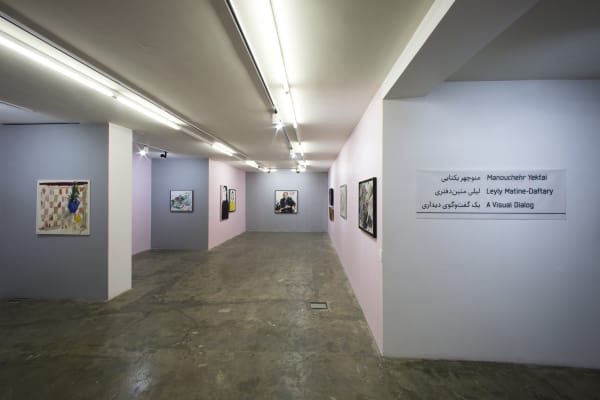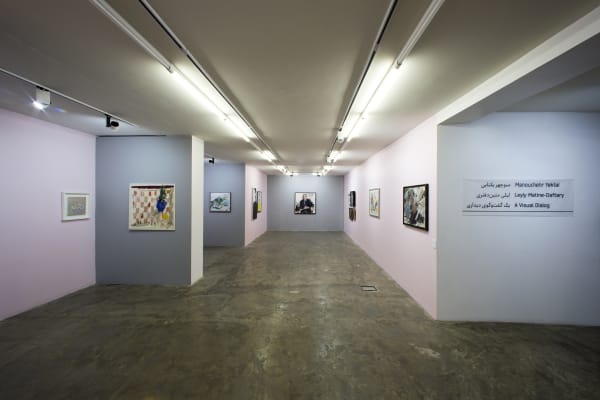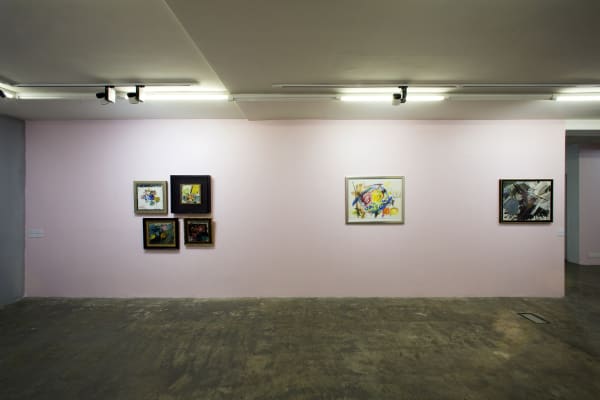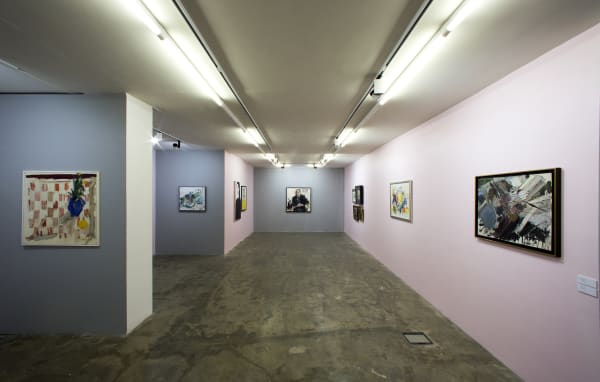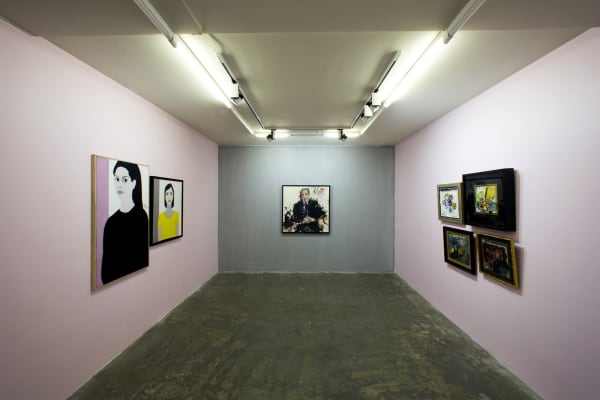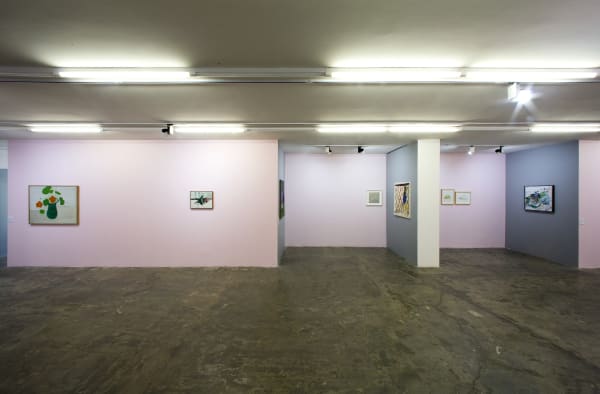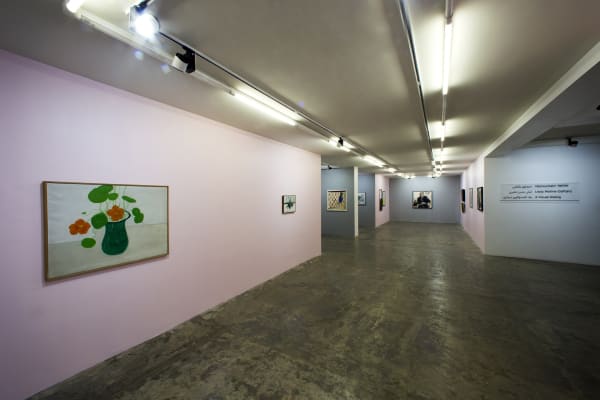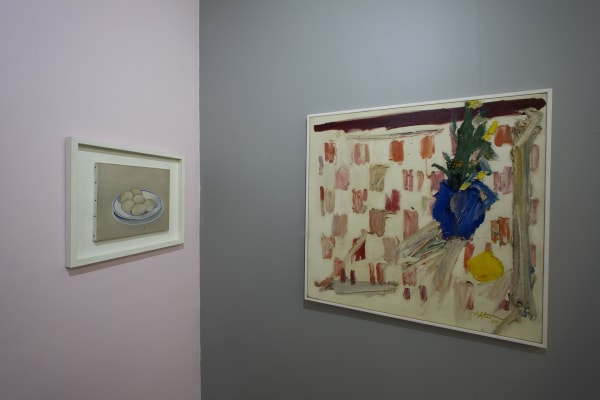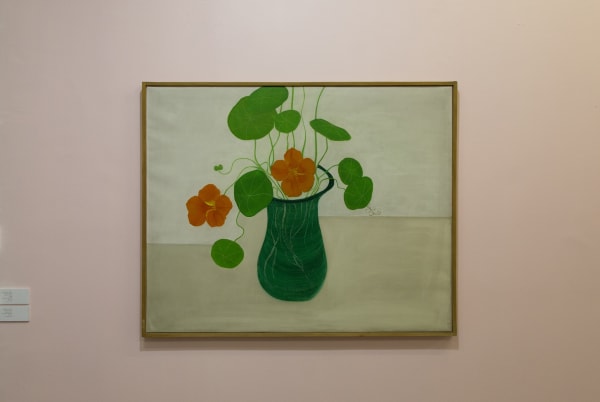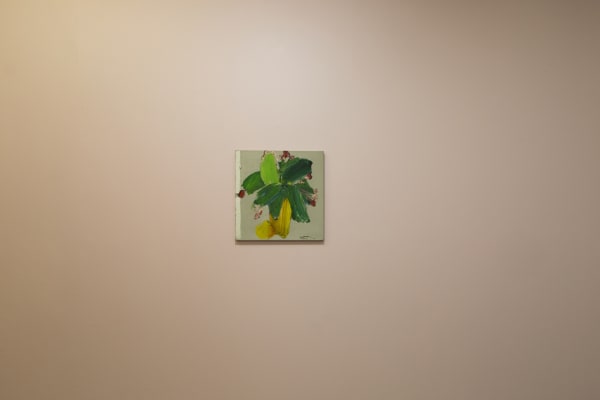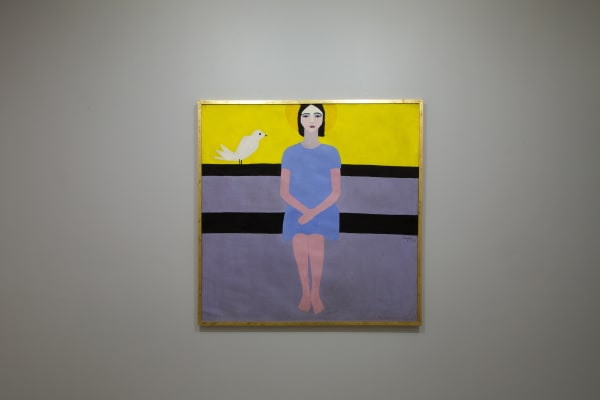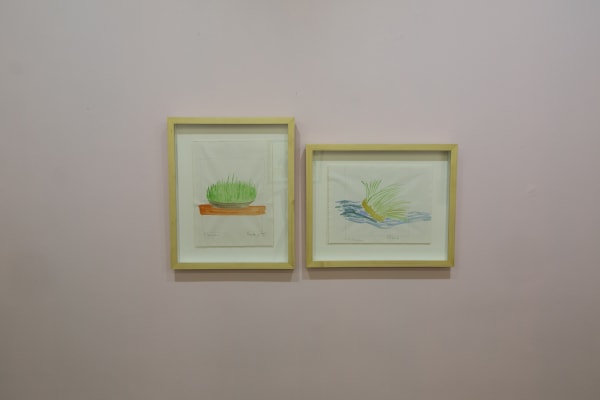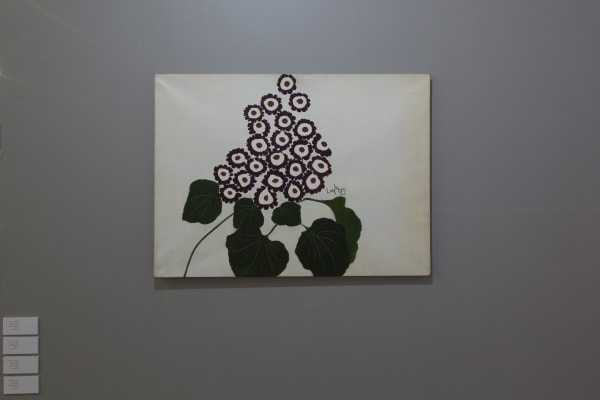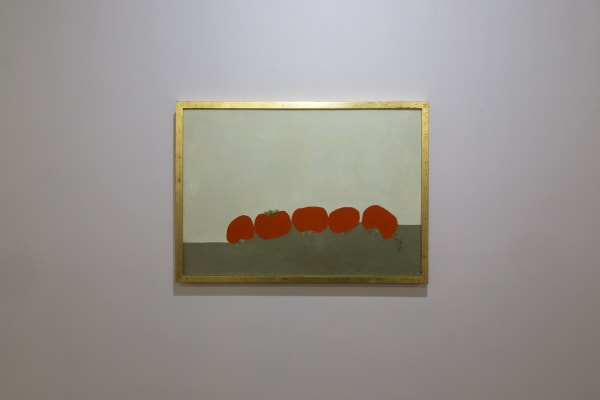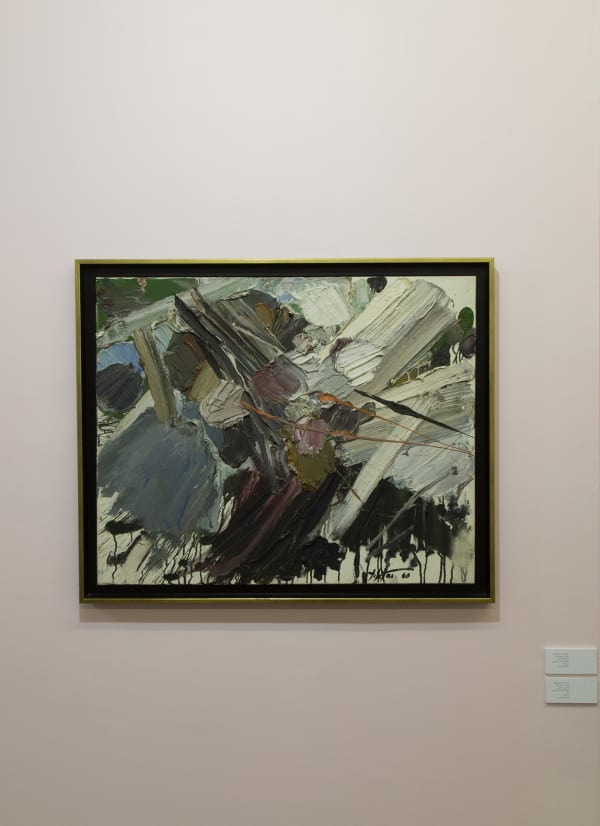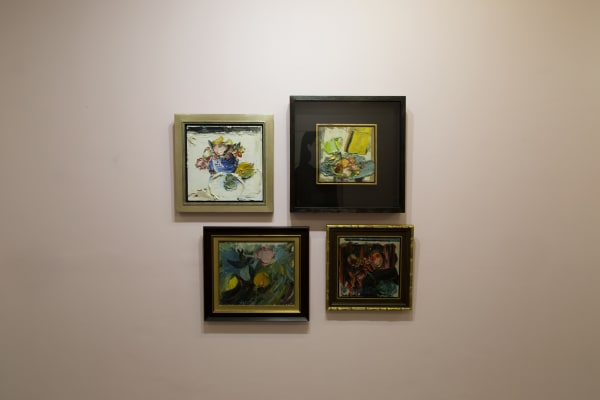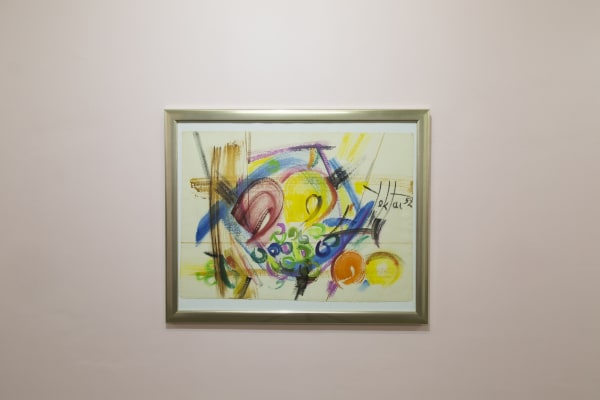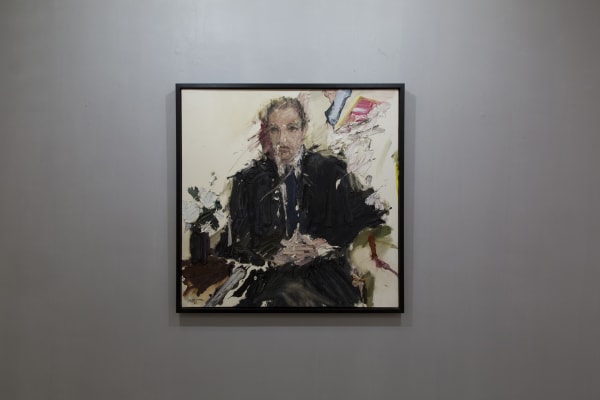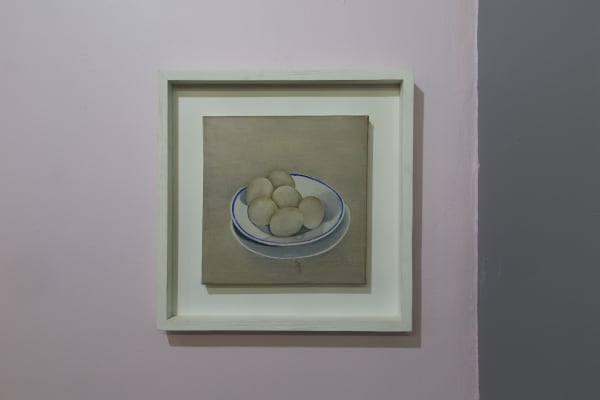Dastan is pleased to announce “Manouchehr Yektai & Leyly Matine-Daftary: A Visual Dialog” at Dastan+2. This exhibition is curated by Dastan’s curatorial team and organized in collaboration with International Council of Museums (ICOM) for International Museum Day 2017. The exhibition will be open for public viewing from May 19 through June 2, 2017. As the second exhibition of “Visual Dialog” series at Dastan, this show will include still-life and portrait works by Manouchehr Yektai and Leyly Matine-Daftary, showing two different approaches to the same subject matter —while Yektai has extensively used thick layers of paint and impasto, Matine-Daftary has focused on reduction of space into flat patches with her use of paint.
“Manouchehr Yektai & Leyly Matine-Daftary: A Visual Dialog” is inspired by a series of exhibitions titled “Visual Dialog” curated by Fereydoun Ave. This series’ inaugural exhibition in Tehran “Roots” (Shaqayeq Arabi & Fereydoun Ave; April/May 2017) was Dastan’s opening exhibition in the Persian New Year 1396.
Leyly Matine-Daftary (Iranian; b. 1937, Tehran, Iran—d. 2007, Paris, France; lived and worked in Paris and Tehran) is among modernist Iranian painters of the 20th century. The grandchild of Iranian politician Mohammad Mosaddegh, she spent her life painting and educating, staying away from the political scene and living predominantly outside of Iran. Matine-Daftary is known for her focus on “extreme simplification of form, freshness of color, and the reduction of space into flat areas, free from subservience to the logic of positive volume inhabiting a negative space.*” For her, “abstraction was a goal and figuration the means of achieving that goal.*”
Matine-Daftari was born in Tehran, but left the country to attend Cheltenham Ladies' College after her elementary school education and then later obtained her degree in Fine Arts from the Slade School of Fine Art. She returned to Tehran in late 1950s and spent five years (1960-65) teaching at the Faculty of Fine Arts of the University of Tehran. During her years in Tehran, she was involved in Tehran Biennial and Shiraz Arts Festival. She left Iran to live in Paris after 1979.
Fereydoun Ave who befriended Matine-Daftari during her years in Paris until her death in 2007, “succinctly summarized the core idea of her oeuvre when he stated that the abstract division of space was her main concern.*”
Manouchehr Yektai (Iranian-American; b. 1922, Tehran, Iran; lives and works in the USA) was born in Tehran, but after studies at the University of Tehran for a short period, he left the country to study at the École nationale supérieure des Beaux-Arts in Paris (1946-47), and later at the Art Students League of New York (1947-48). He was acquainted with many prominent figures in the Parisian and New York art scenes of the 1940s through the 60s, namely Rothko, Pollock, De Kooning and Kline, who greatly influenced his work. Nevertheless, Yektai developed his own signature style, creating paintings that have been collected by prestigious museums such as the Museum of Modern Art (MoMA) of New York, the Hirshhorn Museum and Sculpture Garden, and the San Francisco Museum of Modern Art (SFMOMA).
Manouchehr Yektai is a distinguished figure in the New York School Abstract Expressionist. Like his friend the late Sohrab Sepehri (Painter, Poet; Iranian; b. 1928, Kashan, Iran—d. 1980, Tehran, Iran), Yektai’s career traverses between poetry and painting. He is best-known for his abstracted still-lives, portraits and landscapes which extensively use impasto techniques. In his work, “…along with his thick swirls of quasi-sculptural impasto emphasizing the paint as paint and the surface as surface, Yektai has persisted in the maintenance of a residual illusory depth… The inner tension in his work can be seen as an interplay between the space within the painting and the presence of the paint as itself.**”
* Daftari, Fereshteh. Redefining Modernism. In “Iran Modern”. Daftari, Fereshteh (ed.). 2013. New York: Asia Society.
** McEvilley, Thomas. Introduction. In “Manoucher Yektai: Paintings 1951-1997” Exhibition Catalog. Curated by Donna Stein. 1998. New York: Guild Hall
